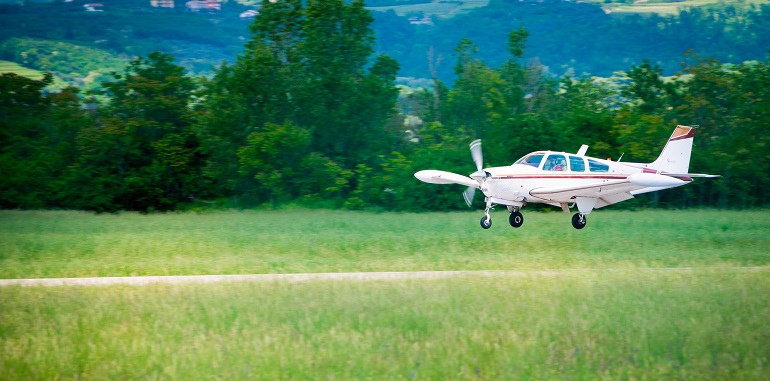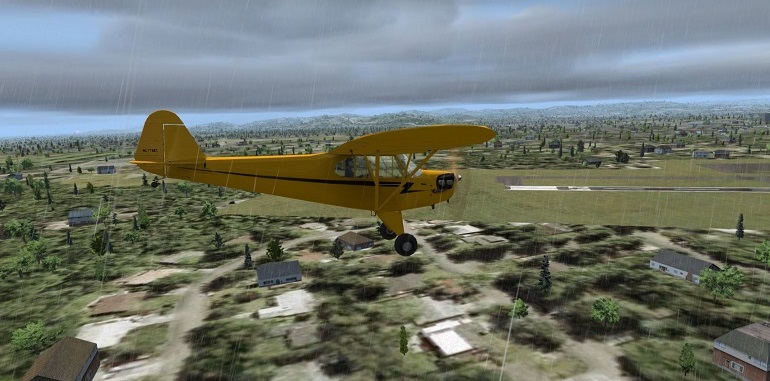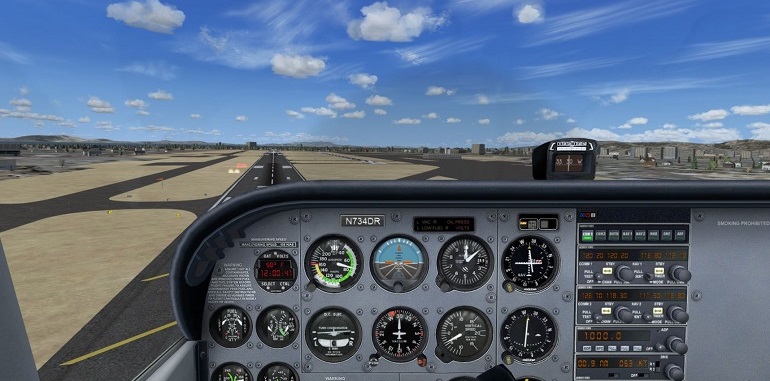CloudFlying Articles
While a flight simulator is a great tool for proficiency, there is no replacement for being in the airplane. A good training program should incorporate the intro/practice items on a syllabus in the simulator followed with actual instruction in the airplane. Proficiency would be similar; a simulator is a great tool for remaining proficient, but it’s not a substitute. As it relates to instrument proficiency, we do instrument check rides in the simulator in the Navy/Marine Corps. There are a couple reasons for that, like single seat jets, but the fact remains that instrument flying relies on an instrument scan, which requires repetition. Systems knowledge is another big factor. Knowing the aircraft systems is hugely important for instrument flying and that can all be done in a sim. So proficiently flying an airplane in all weather takes a combined effort of simulator/actual flying and being able to do from your living room at low cost is way more effective and enticing than the often high costs of going to the airport.
Even the most expensive, sophisticated flight simulators cannot reproduce the feel of an actual airplane. However, some skills can be practiced effectively with a little understanding of the training process. Inexpensive yokes may have a trim wheel, but rarely have force feedback. With a little practice, a pilot can relax the pressure on the yoke while trimming, simulating the experience of trimming a real aircraft. This is a technique that is best learned after having learned about trimming in a real airplane where the feedback can be felt. The CH Products yoke that is used most often with CloudFlyt has a fairly strong spring in the elevator axis and can feel similar to some aircraft. The pilot should strive to trim until the pitch attitude is maintained "hands off".
Although cross-wind landings can only be perfected by practicing in a real aircraft, much of the approach and visual perspective can be learned and practiced using a simulation mission. CloudFlyt offers an opportunity to start a mission on short final with various cross-winds, including gusts. This allows repeated practice in a much shorter time and allows the pilot to gain immediate feedback.





